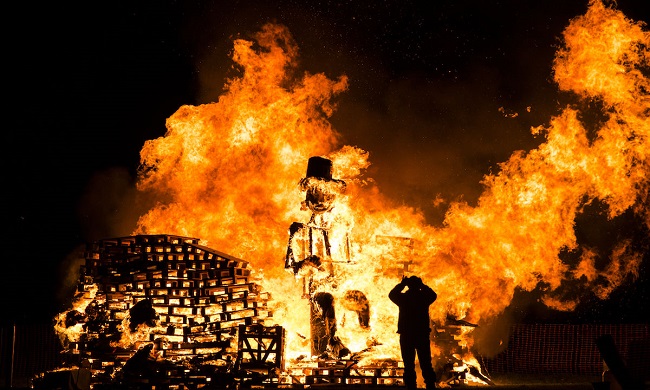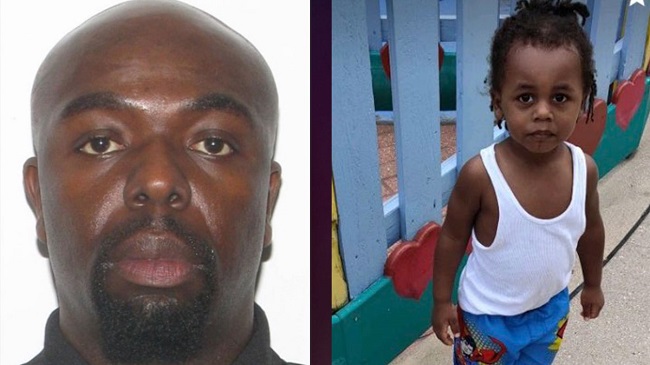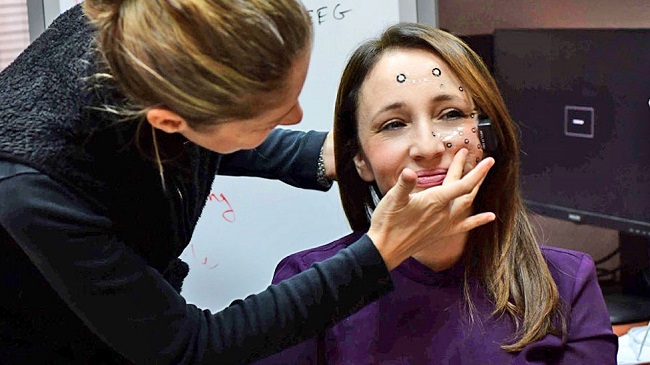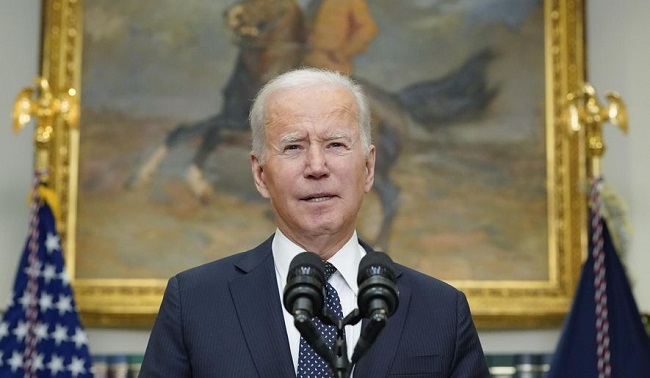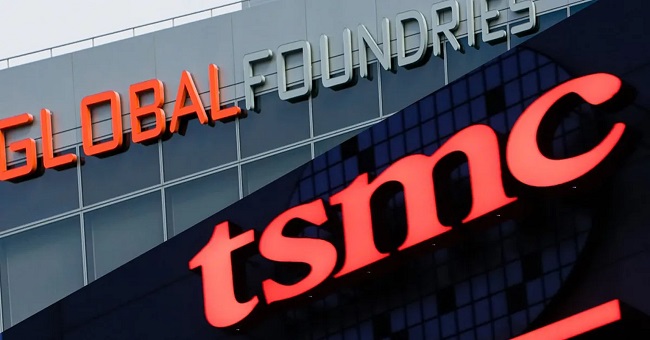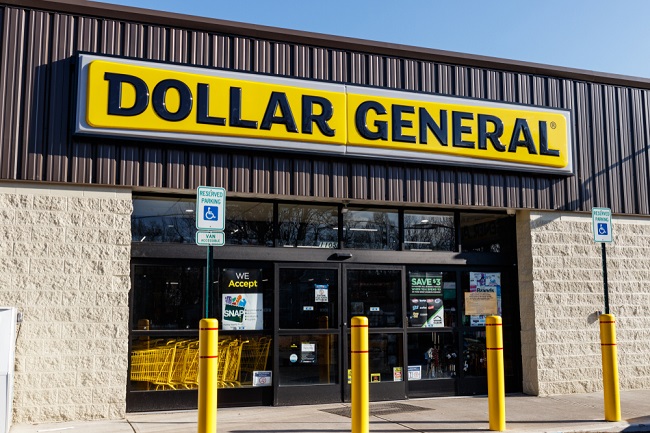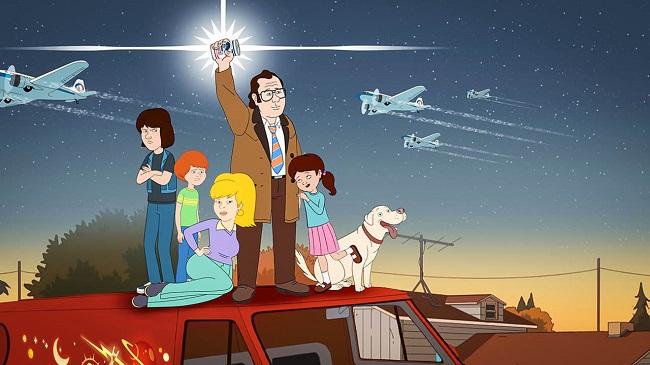Getting BSOD on the screen on a regular basis is aggravating and inconvenient. The system keeps crashing due to an error
Your screen displays a BSOD error message with all the specifics regarding the problem that occurred during startup and caused the system to keep crashing.
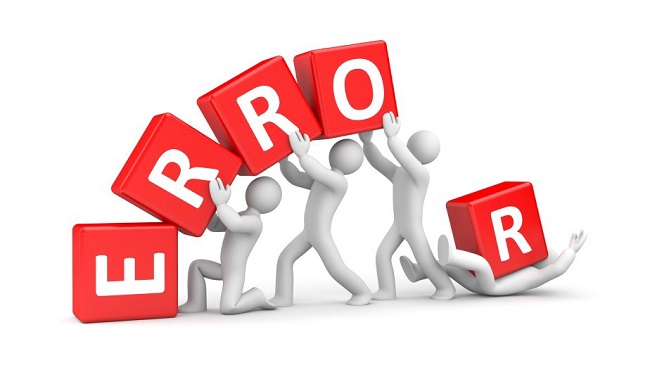
BSOD is Frequently Caused by One of Windows 10’s ‘UNEXPECTED STORE EXCEPTION’ Errors
After the update, Windows 10 delivered many useful improvements, but it also exposed us to this issue, which many users have experienced.
Hardware issues, such as damaged discs, graphics cards, or corrupted system memory, are the most common causes of this message.
In some cases, incompatibility of software or drives is the culprit. Anti-virus programmes have also been known to be the root of numerous problems. There are a few simple techniques to confirm antivirus involvement in this error:
Examine the Bug’s Specifics
In the bug details, there is a section called “raw stack” that contains traces of driver errors that may be causing the problem.
Whatever the reason, whether it’s for software or hardware, we’ve got you covered. Look through the article for the appropriate one.
How to Fix Windows 10’s Unexpected Store Exception Error?
Check it out.
Solution 1: Remove the Anti-Virus Software
If antivirus is the source of the problem, as it has been in many situations, uninstalling it is the best course of action.
Don’t worry if you’re concerned that deleting antivirus may leave your device vulnerable. The default virus protection programme in Windows 10 is “MICROSOFT DEFENDER.”
Let’s move on to the stages once you’ve decided to uninstall –
Step 1: Press X while holding down the Windows key.
Step 2: A pop-up menu would have appeared on the screen. Select the Control panel from the drop-down menu.
Step 3: After that, choose “programmes.”
Step 4: Next, go to Programs and look at the list of programmes that are installed on your computer.
Step 5: Select uninstall from the context menu of each anti-virus programme.
Step 6: Confirm your answer with a yes, then proceed to the next step to complete the installation.
Step 7: Last but not least, restart your computer.
Most of the time, uninstalling antivirus has solved the problem. If this one doesn’t work, move on to the next one.
Solution 2: Perform a hard disc health Check
When your hard disk’s health isn’t very good, i.e. it keeps dying, it can become the root of the problem. Dying hard drives or a faulty sector on a hard disc may have hampered the system’s operation, resulting in the ‘Unexpected storage exception’ problem.
To be sure, we must examine the disk’s health. Simply by installing health diagnostic equipment such as Crystal devices and checking the health condition, we may do so.
When the software is launched, it will provide you with a rating of GOOD/BAD. If the problem is a bad hard disc, the best we can do is replace it.
Solution 3: Check for Driver Issues
This problem has also been traced back to incompatible drivers. System conflicts are common if your PC has any outdated software or drivers. Simply check for software updates on Windows Updates to solve the problem.
To resolve the driver issue, follow the instructions below –
Step 1: We’ll start by turning off automatic installation. In the start menu, type “gpedit.msc” to find it.
Step 2: On the left hand side, you’ll notice “computer configuration.”
Step 3: Open administrative templates, then ‘System,’ and lastly ‘Device installation’ under computer configuration. Select it by hovering your mouse over it.
Step 4: Double-click on “Prevent installation of devices not described by other policy settings” on the right hand side.
Step 5: After that, click Enabled and OK.
Step 6: Restart your computer and then go to the device management.
Step 7: Next, go to ‘Sound video and game controllers’ and delete “Conexant Smart Audio” or “IDT High Definition Audio” using the right-click menu. Make sure “Delete the device’s driver programme” is selected. The checkbox is selected.
Step 8: Next, hit Windows + X to bring up the “Program and Features” window.
Step 9: Next, uninstall all Conexant/IDT and Dolby-related software.
Step 10: After that, restart your computer.
Solution 4: Disabling Fast Startup
Fast starting features in Windows 10 can sometimes be the source of the problem. This occurs as follows:
When a user performs a quick startup, the software operates in a hybrid sleep state, as it did in previous versions. When Windows shuts down, it logs off all users and ends all operations, just like a cold reboot.
Windows is being softly rebooted at this point. Because Windows has turned off all drivers, when you restart your computer, Windows just refreshes the drivers rather than turning them on or reloading them.
This way of simply refreshing it makes it faster, but it can also cause this issue if it fails to load the required driver each time.
So, in order to solve the problem, we must disable rapid startup –
Step 1: Press ‘R’ while holding the windows. An application called Run would have been launched.
Step 2: To access the control panel, type “control panel” and press enter.
Step 3: Next, select Power Option.
Step 4: Select “choose what the power buttons do” from the drop-down menu.
Step 5: Next, select “modify settings that are presently unavailable” from the drop-down menu.
Step 6: Finally, scroll down to the bottom of the page and uncheck the “Turn on rapid startup” option, then save and quit. Your computer should be restarted.
Solution 5: Make Sure Your Display Drivers are Up To Date
As noted in SOLUTION 2, out-of-date drivers might also create this problem and give you an annoyance.
For this, we’ll delete the current driver and the default display driver will be installed immediately when we restart.
The steps are as follows –
To begin, go to Device Manager and expand the Display adapter section.
Step 2: Next, right-click on the display hardware and select Uninstall Devices from the context menu. Then, in the confirmation dialogue box, press OK.
Step 3: Restart your computer and type “windows update” into the WINDOWS+S button to check for updates.
During this time, Windows will look for and install updates automatically. After the update is complete, check to see if the problem has been resolved.
You can also reinstall the older drives if updating does not solve your problem. Here’s how to do it –
Step 1: Open Device Manager, right-click on the driver, and select Update Drivers from the menu.
Step 2: Next, choose “Browse my computer for driver software” from the drop-down menu.
Step 3: Finally, select the appropriate driver, which will be installed.
Finally, restart your computer to see if the problem has persisted.
Solution 6: Using System File Checker
The system file checker is a built-in component of WINDOWS that scans and fixes faults in the operating system caused by damaged files or system errors.
Sfc scan can quickly identify and repair any software issues that are generating problems. Here are the steps to running an SFC scan –
Step 1: Press and hold the Windows key while tapping the ‘R’ key. In the run application’s dialog box, type “taskmgr.”
Step 2: Next, select “Run no task” from the file menu.
Step 3: Next, input “powershell” and select “Create this task with administrative privileges” from the drop-down menu.
Step 4: Now type “sfc/scannow” into the command prompt and press “Enter.” This procedure will take some time to complete.
Step 5: In Powershell, type “DISM/Online/Cleanup-Image/RestoreHealth” if the results say that faults were discovered but could not be fixed.
This will result in the download and replacement of corrupt files. Finally, restart your computer after the error has been resolved. In addition, depending on your internet connection, this process may take some time. It is not possible to cancel it at any time.
Solution 7: Disable Sleep Mode
If the previous one didn’t work, try this one, which has proven to be effective. This causes issues for the same reasons that a rapid startup does.
Follow the steps below to turn off sleep mode –
Step 1: Select ‘power options’ from the right-click menu on the battery icon in the lower right corner of the desktop screen.
If this option is not available on your PC, press Windows+S and type “pick a power plant,” then select the most appropriate choice.
Step 2: Next, in front of the active power plan, select “Change plan setting.”
Step 3: Next, under the “put the computer to sleep” line, pick “never.” Then save your modifications and depart.
Step 4: Finally, turn on your computer and reboot it.
Solution 8: Reconnecting Your Hard Drive
Many times, as previously stated, the hard disc has been viewed as the primary problem. Check to see if reconnecting your hard drive solves the problem.
If you have a tower, you can connect by:-
Turn off your computer, unplug the power, and remove the lid, then detach the motherboard’s black and white wires.
Wait a while before plugging it back in. Check your computer when it has been restarted.
Also Read:
Conclusion
Hopefully, all of the methods we’ve offered have proven to be effective for you, as they have for many other users. If not, we recommend having it thoroughly checked and having the hard drive thoroughly examined by professionals.















